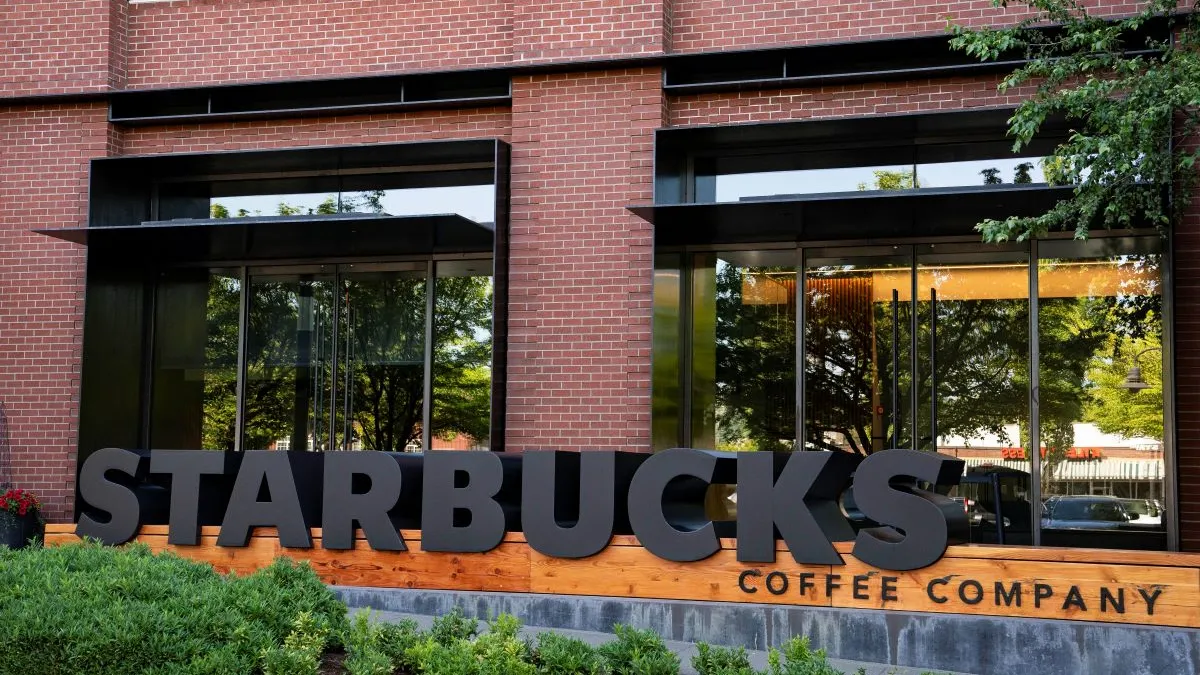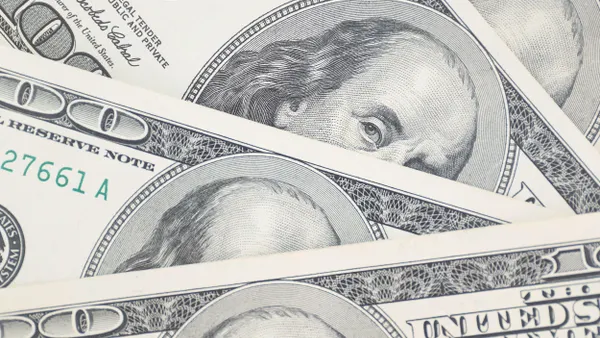Dive Brief:
- Most prices in the inflation measure known as the consumer price index are rising well above the 2% long-run goal of the Federal Reserve, Torsten Sløk, chief economist at Apollo Global Management, said in an email.
- “Looking at annualized month-over-month growth rates shows that 55% of items in the CPI basket are growing faster than 3%,” Sløk said.
- “This is the reason why it is difficult for the Fed to cut interest rates in December,” Sløk said. The types of goods and services in the CPI span eight major categories, from transportation and medical care to apparel and housing.
Dive Insigøht:
Signs of division have cropped up among Fed officials prior to a scheduled meeting Dec. 9-10 to consider changing the federal funds rate, with some warning that reducing borrowing costs risks stoking inflation.
Flagging a cooling labor market, the central bank on Oct. 29 trimmed the main interest rate by a quarter point to a range between 3.75% and 4% in its second rate reduction this year.
Two policymakers dissented, with Kansas City Fed President Jeffrey Schmid favoring no change and Fed Governor Stephen Miran calling for a half-point cut to the benchmark rate.
While affirming “a strong, solid vote” behind the decision, Fed Chair Jerome Powell noted “strongly differing views” among policymakers over whether to trim borrowing costs again during the central bank’s final 2025 meeting next month.
Traders in interest rate futures see 43.9% odds that the central bank next month will trim the federal funds rate by a quarter percentage point compared with 66.9% odds on Nov. 7, according to the CME FedWatch Tool.
Since the meeting last month, Schmid and several other Fed district bank presidents have voiced caution about additional reductions in the main rate.
“By my view inflation remains too high, the economy shows continued momentum, and the labor market — though cooling — remains largely in balance,” Schmid said today in a speech.
“Also, I view the current stance of monetary policy as being only modestly restrictive, which is about where I think it should be,” he said.
The CPI increased 3% in September on an annual basis, 0.1 percentage point higher than in August. So-called core CPI, which excludes volatile food and energy prices, also rose 3%.
The gain in CPI suggests that the personal consumption expenditures price index, the Fed’s preferred inflation gauge, increased 2.7% in September, Atlanta Fed President Raphael Bostic said Wednesday.
“It's important to remember that inflation has already exceeded the [Federal Open Market] Committee's 2% target for nearly five years,” Bostic said, saying he favors no change to borrowing costs.
“I see little to suggest that price pressures will dissipate before mid-to-date 2026, at the earliest,” he said, citing inflation from the highest U.S. import taxes since the 1930s.
Policymakers will meet next month without federal data on inflation and unemployment in October, White House Press Secretary Karoline Leavitt said on Wednesday, citing limitations caused by the record-long government shutdown.
The absence of basic data is “leaving out policymakers at the Fed flying blind at a critical period,” she said.
Bostic, speaking the same day, said “we are not flying blind,” and cited three surveys signaling that many companies plan to raise prices.
“The upshot is that firms in our survey expect to raise prices well into 2026, and by substantially more than 2%,” Bostic said.
“What is especially compelling and concerning is that inflationary expectations are not confined to importers directly affected by higher import duties,” he said.
“On the contrary, our surveys reveal considerable spillover to other firms and other motivations for raising prices, such as increases to match those of competitors,” Bostic said. “In other words, there is space to raise prices, and so, as one would anticipate, profit-maximizing firms indicate that they plan to do just that.”














